The Difference Between Social Media Marketing and Traditional Marketing: Which is Better?
What's the Difference Between Social Media Marketing and Traditional Marketing?

If you are looking to generate more sales and revenue for your business, then you must understand the difference between social media marketing and traditional marketing.
But why?
To succeed in today’s highly competitive market, you must use innovative and cutting-edge marketing strategies that can help you reach the right audience and promote your products effectively.
Poor marketing decisions is one of the reasons many startups fail.
Besides, while traditional marketing has been around for decades, the invention of the internet has changed how people market their products.
Of course, the two methods of marketing have the same goal. However, they are different and each is unique in different aspects.
And we’ll help you understand how traditional marketing is different from social media marketing.
What is Social Media Marketing?
Social media marketing is a form of online marketing strategy where brands use social media platforms as a marketing tool.
This method of marketing enables brands to reach and connect with their audience on various social media platforms such as Facebook, LinkedIn, Twitter, Instagram, and more.
There are many benefits of using social media marketing, especially in today’s digital world.
Consider this.
As of April 2022, there were 5.03 billion internet users. Out of these, 4.7 billion were social media users.
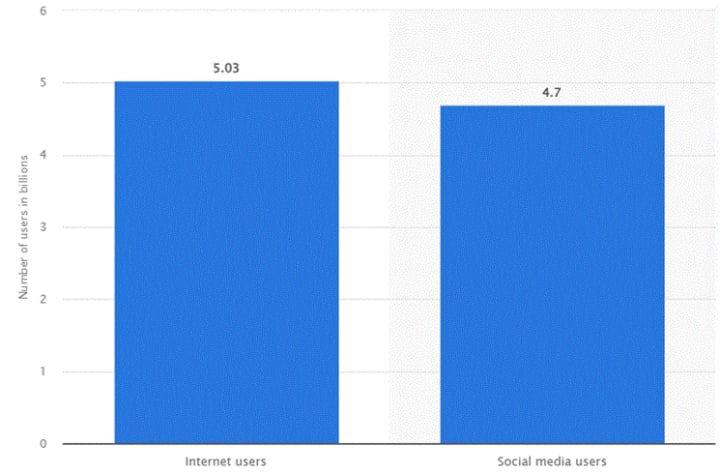
And research shows about 34% of social media users use it to learn about brands, products, and services.
About 33% are on social media to discover new products, brands, and services whereas 26% are looking to purchase on social media.
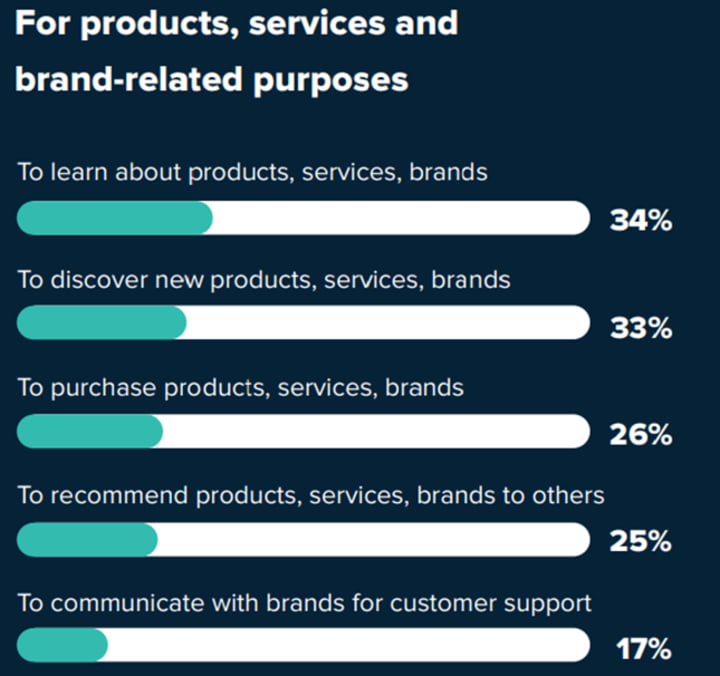
Social media is also the preferred way to learn about brands or companies.
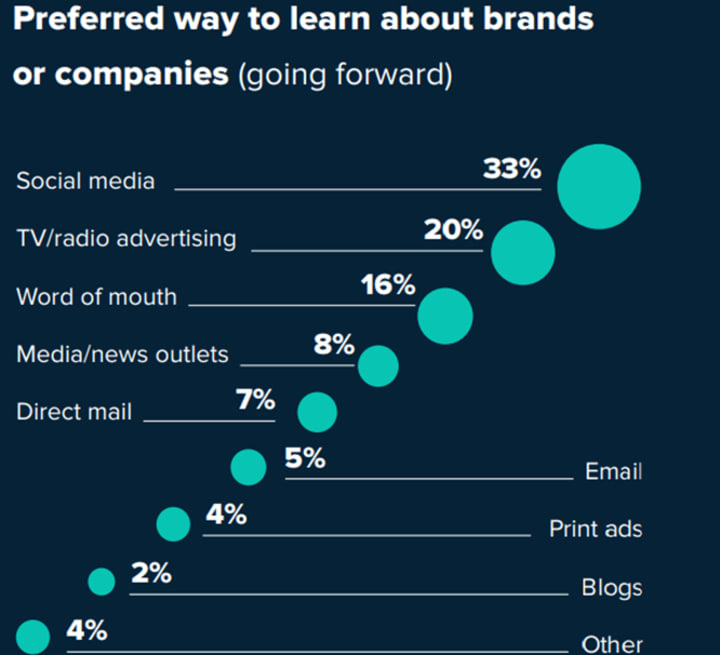
Social media marketing can help you in the following areas:
• Building brand awareness
• Lead generation
• Lead nurturing
• Building brand authenticity
• Driving thought leadership
• Building a community
• Growing your audience
A lot of brands are using social media marketing to promote their products.
For instance, Sephora, a French multinational retailer of personal care and beauty products uses Instagram to promote its products to over 21 million followers:
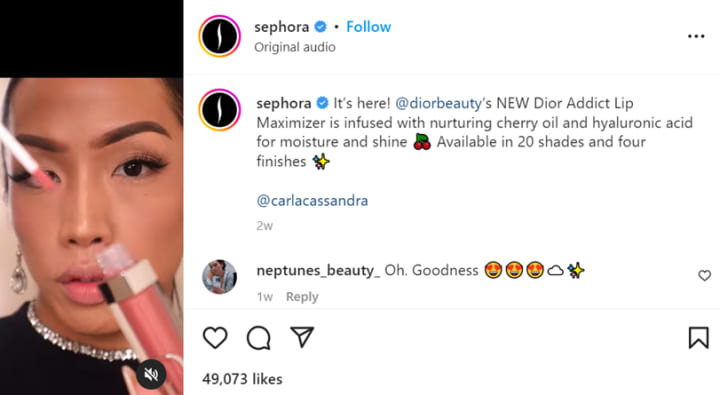
What is Traditional Marketing?
Traditional marketing is a form of marketing that uses offline media such as print ads, newspaper ads, direct mail, broadcasting, TV, and more to promote and sell products or services.
Even though the invention of the internet has revolutionized the way people do marketing, traditional marketing is still highly important especially in places and locations without internet coverage.
Traditional marketing is also useful when targeting local audiences since these customers are more likely to trust traditional media than digital media.
It’s worth noting that even though brands are using social media marketing to promote their products, traditional marketing is not forgotten.
Take a look at how Cristine Raquel Rotenberg, the owner of Holo Taco, a nail polish brand, invested in an outdoor print ad.
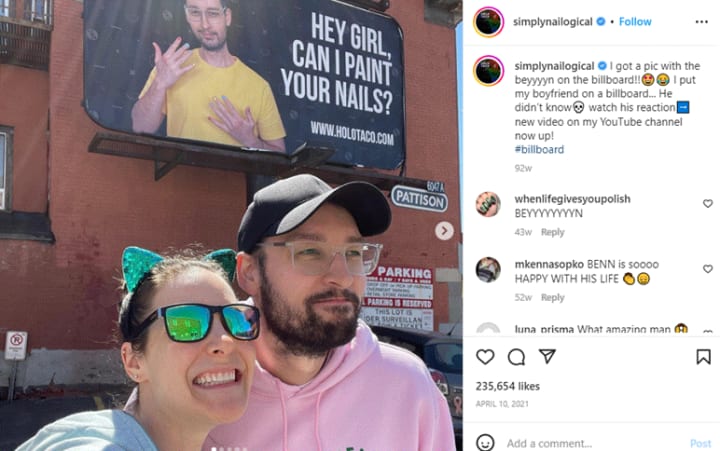
This shows that traditional marketing can also be used alongside social media marketing.
Now that you have understood the two methods of marketing, let’s explore the difference between social media marketing and traditional marketing.
1. Customer Engagement
One notable difference between social media marketing and traditional marketing is customer engagement.
Effective customer engagement is crucial when it comes to driving customer retention and brand loyalty.
In fact, according to a 2022 Twilio State of Customer Engagement report, 22% of consumers will stop doing business with a company if they can’t connect with someone from customer support.
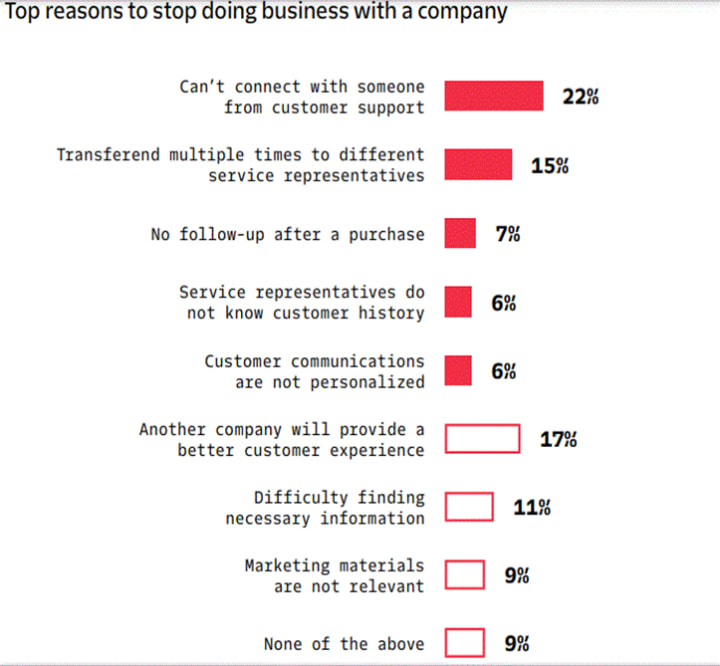
Effective customer engagement can help in the following ways:
• Improving customer relationships
• Reducing customer churn
• Shortening purchase cycles
• Improving customer service
• Enhancing brand image
Given that traditional marketing is one-way (brands reaching customers), achieving effective customer engagement is a challenge. And establishing solid customer relationships and brand loyalty can be difficult.
For intense, pharmaceutical brands use the HCP platforms to generate engagement for their brands. They use traditional marketing strategies and social media marketing to boost their brand awareness and attract relevant customers for their products.
On the other hand, social media marketing enables brands and customers to connect and interact, which helps to build relationships and enhance brand loyalty. Also, it create a positive brand perception in the mind of the customers.
2. Audience Targeting
To cut through the noise in today’s competitive business world, you need to target the right audience.
You can achieve this by collecting customer data using interviews, surveys, focus groups, or lead generation software. You can collect the verified data from the different b2b database platforms such as ZoomInfo. You can choose a right b2b database platforms from this Attrock list on Zoominfo alternatives.
With social media marketing, you can collect tons of data specific to your target audience. This can help you make your social media ads more effective by targeting customers who are actually looking for your products or services.
For instance, if you’re looking to promote your products and services on Facebook, you can easily gather updated customer data such as their age, behavior, demographics, and more in real-time and use it to set your audience targeting.
Brands use timeline maker to create a creative timelines for their social media timelines.
Traditional marketing, on the other hand, is non-targeted.
This means that you may be marketing to a customer who might have no idea about your brand or products or any interest in them.
So, specific audience targeting is yet another difference between social media marketing and traditional marketing.
3. Cost-Effectiveness
The average cost of a traditional medium billboard ranges between $750 and $2,000 per month for one location.
The price depends on various factors such as location, demographic, duration, impressions, cost or design, and production as well as installation.
On the other hand, social media marketing is cost-effective.
For instance, the CPC on Facebook is $0.97 and on Twitter is $0.38.
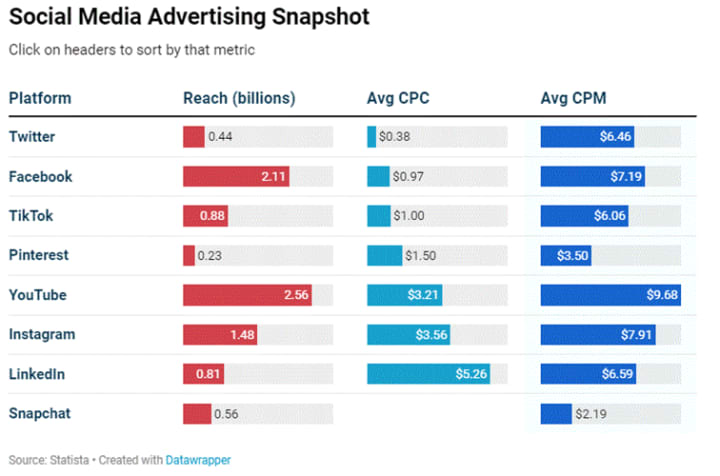
The good news?
You can control the amount you want to spend on a social media ad.
Besides, you can use social media to market your products for free especially if you run a small business or startup.
All you need is to create an account on your preferred social media platform and start engaging with your target audience.
So, traditional advertising is more costly than social media marketing.
Conclusion
It’s worth noting that even though social media marketing has more advantages over traditional marketing, they both have a place in your business.
When evaluating the difference between social media marketing and traditional marketing, you need to consider various factors such as your type of business, location, and demographics.
About the Creator
Gaurav Sharma
Gaurav Sharma is the founder and CEO of Attrock, a results-driven digital marketing company, and a Google Analytics and Google Ads certified professional. Contributes to HubSpot, Adweek, Business 2 Community, HuffPost, TechCrunch, etc.






Comments
There are no comments for this story
Be the first to respond and start the conversation.